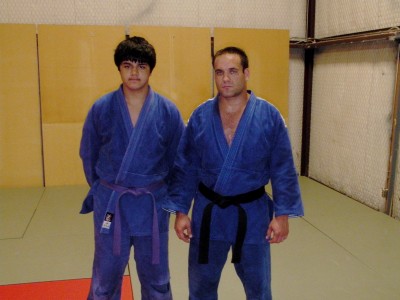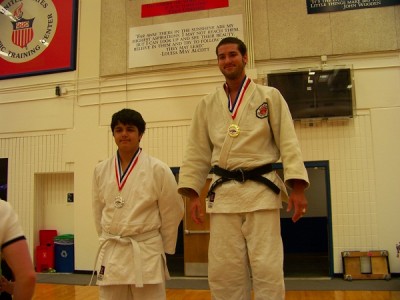Look at you: member of the honor roll, assistant to the assistant manager of the movie theater. I’m tellin’ ya, Rat, if this girl can’t smell your qualifications, then who needs her, right?
(Justin is on a 2-day road trip. Sorry for the mid-morning post).
A couple months ago, Brent wrote how I recommended Kroc Rows to Brent to help his grip work. That recommendation was based on his training and his goals at the time. When he posted up, the comments came alive with questions about Kroc Rows.
Last Friday I wrote about curls. So before everybody runs over Skinny Guy to go do some Preacher Curls, we should talk about assistance exercises.
First off, this is ASSISTANCE. Don’t overthink this stuff. The point of assistance work is to compliment your overall program. You can use it for strengthening a portion of the movement of a major lift (rack pulls), strengthening one or more muscles to support a compound lift (good mornings to squats), reinforcing a major lift by adding volume (and hypertrophy) with a similar movement (bar dips for bench press), balancing symmetry via hypertrophy (shrugs), strengthening the muscle and connective tissue around a single joint (curls), etc. Yes, there is some overlap here.
Generally, you want to do one or two movements of assistance work for each lift (I like one). And you’ll typically do 3-5 sets of 8-15 reps (20 if it’s bodyweight stuff). Remember, volume is your friend here. Do not go to failure, and do not let this become so taxing that you have to miss a day. Beyond this, don’t give any more thought to set and rep ranges.

The Kurgan made good use of unilateral work after doing his basic lifts.
Don’t ever confuse assistance exercises for the main lifts. A semi-good (Mike Tyson word) program of foundational lifts trumps the best assistance program. Focus on what’s important. If you are still on linear progression, don’t bother with assistance work (unless you’re doing it to build a miniscule of amount of weight room GPP, e.g. supersetting chins with GHRs or hanging leg raises).
For you recovering CrossFitters, assistance work is where you get your variety. A well-thought out program is NOT constantly varied (note the distinction). But I’ll make this deal with you: do your pressing like a normal person (with some progression in mind), and you can trick up your assistance to your heart’s content. Ideally, you would keep an assistance movement in the rotation for a 4-6 weeks, but I’ll take what I can get from you guys. You can get creative with this in terms of conditioning, and I will cover this later. But, and this is a big but, never ever ever never do something stupid like the crossfit.com workout that had high rep good mornings. You will be banned from this site for life and hopefully murdered by Sleestaks.
Good use of assistance exercises will bring balance to your program and your body. Use them appropriately and reap the benefits.



